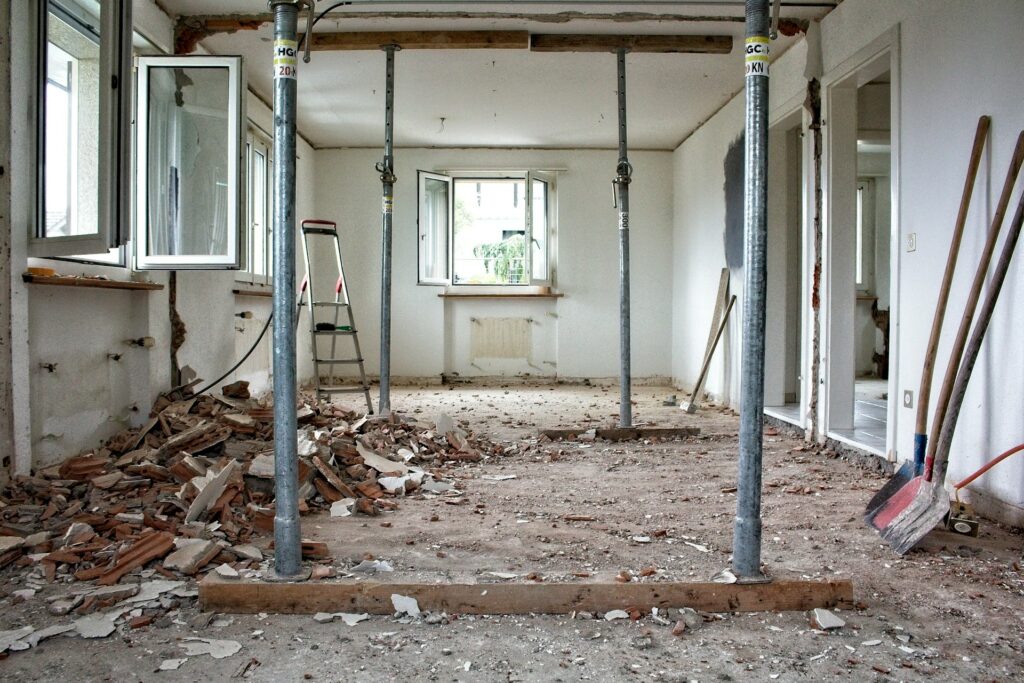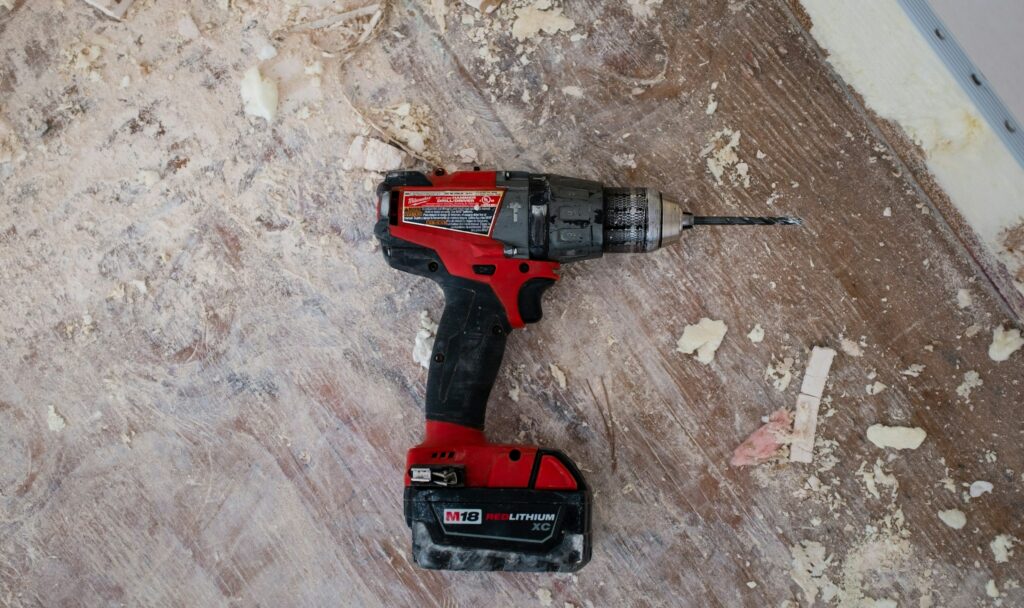There is a widespread misconception that newly-built modern flats are entirely fit for purpose from the word go and will require only minimal maintenance. Home buyers and even many property professionals assume that beyond a bit of cosmetic upkeep, brand new flats won’t require any significant work until years into their life. This is a mistake for two reasons.
First, no building or flat is ever perfect. Construction is a complicated and demanding business, so even well-designed blocks built by consummate professionals with the best materials are likely to have a few snags that emerge early on. Factor in the reality that design, craftsmanship and materials are not always first class and it’s obvious that problems will come up sooner or later, even if only minor ones. These often require maintenance work, and sometimes a rethink of how a flat is laid out and used.
Secondly, people have different needs, requirements and preferences. Even a flat with no problems in its own terms might turn out to be not quite right for its new owner. In most cases, home buyers are looking for the best fit for their needs that happens to appear on the market at the right price. As often as not there will be some things about their new flat they would like to change. This means even new flats are likely to be subject to licence to alter requests.
That’s why forward-looking property developers and managing agents taking on new instructions, should always be prepared to deal with such requests. A good way to do this is to have a building manual in place that sets out exactly what leaseholders can and cannot do, and ensures landlords (often RMC directors) and their managing agents know how to respond to applications. This policy document sits outside the actual lease but offers guidance for directors when they are making their decision on whether or not to grant consent. (See our previous blog: ‘Tailor-made procedures‘ for individual buildings.)
A particular concern to bear in mind with new builds is that formal permission for any alteration may set a precedent, making it difficult to refuse consent for subsequent alterations along similar lines. So it is important to have a strategic plan in place, considering the long-term consequences of various kinds of alterations, and determining the right response accordingly. The key is to understand that licence to alter is as relevant to new builds as to older buildings, and not be taken by surprise.
How we can help
The EK Licence to Alter team are ready to help property managers and landlords deal with applications from leaseholders – or indeed to guide leaseholders in their own applications. Please feel free to call the author, Bill Pryke on 07714 744 727 or contact us on enquiries@licencetoalter.com



